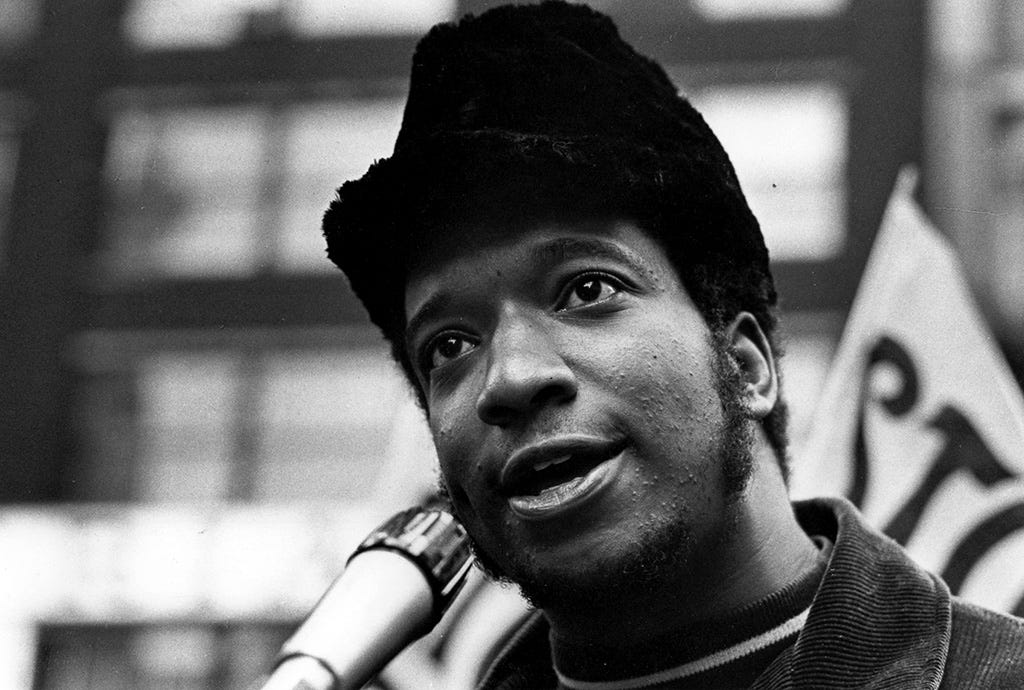The Assassination of Fred Hampton: A State-Sanctioned Tragedy?

Fred Hampton was a charismatic young leader of the Black Panther Party in Chicago. In the early hours of December 4, 1969, he was gunned down in his apartment during a police raid. This tragedy remains one of the most contentious episodes of the long, fraught history between law enforcement and Black communities in America. Over the years, evidence has accumulated suggesting that Hampton's death was not merely the result of a chaotic raid, but a targeted assassination sanctioned by elements within the US government.
In 1969, the Black Panther Party was viewed as a significant threat by the US government due to its revolutionary philosophy, community initiatives, and growing influence in urban communities. This perception prompted surveillance and counterintelligence operations against the group. Among the most notorious of these operations was the FBI's COINTELPRO (Counter Intelligence Program), aimed at surveilling, infiltrating, discrediting, and disrupting domestic political organizations.
Fred Hampton quickly rose through the ranks of the Black Panther Party, earning admiration and respect for his leadership and oratory skills. His potential to galvanize the masses did not go unnoticed by authorities. COINTELPRO documents released under the Freedom of Information Act (FOIA) reveal that Hampton was indeed targeted due to his charismatic leadership and organizing abilities.
The raid on Hampton's apartment was carried out by the Chicago Police Department, ostensibly in search of illegal weapons. However, several key details suggest a more sinister intent. First, the timing of the raid — executed in the early morning hours when the occupants were likely to be sleeping — raises questions about its real purpose. In his analysis of the raid, historian G. Flint Taylor (2019) argued that such a strategy is more consistent with an assassination than with a typical law enforcement operation.
The disproportionate force used during the raid is another red flag. Although the police claimed they were met with gunfire, evidence shows that nearly all of the bullets fired during the raid came from police weapons. An independent investigation conducted by law enforcement officers from another jurisdiction concluded that the physical evidence was inconsistent with the police version of events, suggesting a "shoot-in" rather than a "shoot-out”.
The role of the FBI in the raid also raises serious questions. Notably, an FBI informant named William O'Neal had infiltrated Hampton's inner circle. According to declassified documents, O'Neal provided a detailed floor plan of Hampton's apartment to his FBI handler before the raid. O'Neal's sketch included a depiction of where Hampton would be sleeping, a fact that seems to corroborate claims of a targeted hit.
After years of litigation following Hampton's death, the government was forced to confront its role in the incident. In 1982, a civil lawsuit was settled with a payment to Hampton's family and survivors of the raid, with the City of Chicago, Cook County, and the federal government each sharing the costs. This settlement, though not an explicit admission of guilt, underscored the government's complicity in the events leading to Hampton's death.
While there is no "smoking gun" proving that Hampton's death was a planned assassination by the US government, the convergence of these factors presents a compelling case. The overwhelming firepower employed during the raid, the incriminating evidence against the Chicago Police Department and FBI, and the eventual government settlement all point towards state-sanctioned violence.



